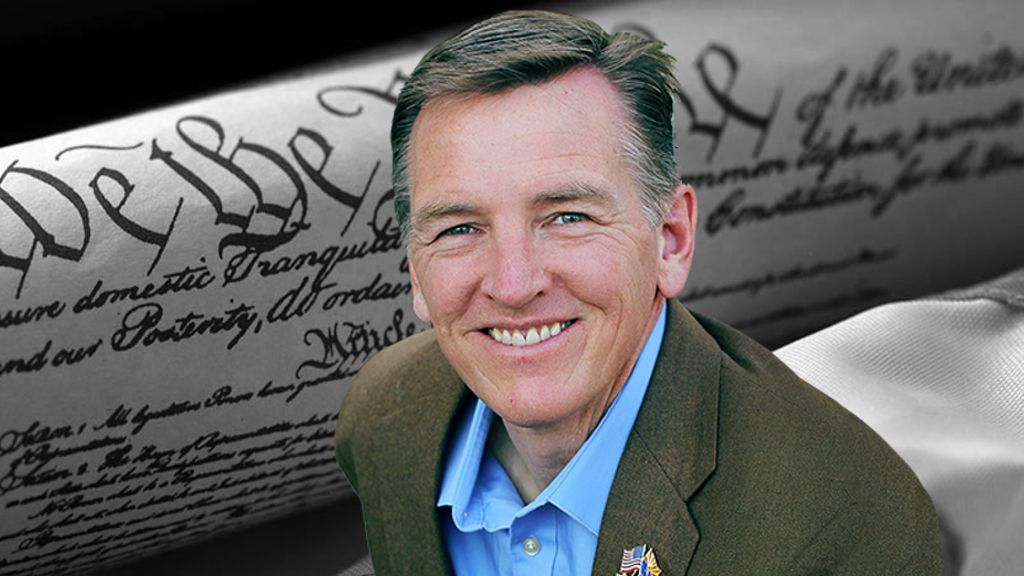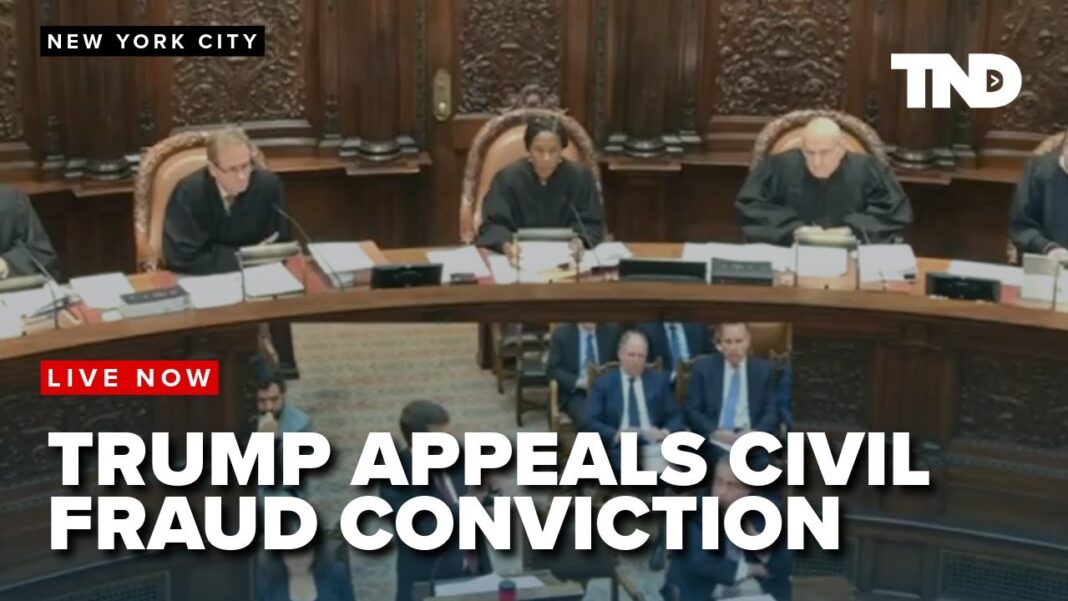The Ukrainian president is set to share his plan for victory against Russia and discuss continuing U.S. support for his country.
President Joe Biden welcomed Ukrainian President Volodymyr Zelenskyy at the White House on Sept. 26, for a bilateral meeting on the path forward in the ongoing Russia–Ukraine war.
“We stand with Ukraine now and in the future,” Biden said in a brief appearance alongside Zelenskyy before their meeting.
The two leaders are set to discuss Zelenskyy’s plan for victory during their bilateral meeting.
Biden announced a new round of U.S. military assistance to Ukraine on Sept. 26, ahead of the meeting.
The military package, worth about $8 billion, includes transfers of Patriot missiles and other air-defense systems, along with the first U.S. transfers of a precision glide bomb called the Joint Standoff Weapon.
The glide bombs provide Ukraine with a new weapon with a maximum range of about 81 miles.
The new military aid package also includes support for training around 18 more Ukrainian pilots to operate U.S.-made F-16 fighter jets.
The aid package also funds efforts to expand Ukraine’s native military industry and maintain its arsenal.
On Sept. 25, Biden hosted an event in support of Ukraine on the margins of the U.N. General Assembly in New York City, where leaders from more than 30 countries agreed to sign a Joint Declaration of Support for the Recovery and Reconstruction of Ukraine.
The joint declaration states Russia must bear the cost of post-war reconstruction in Ukraine.
The signatories declared they would continue to freeze any Russian assets under their control until the fighting in Ukraine stops and Russia pays for war damages.
The signatories further declared they would provide continued economic assistance to sustain Ukraine’s wartime macro-financial stability and repair damaged critical infrastructure.
Zelenskyy addressed the U.N. Security Council and General Assembly this week, building anticipation for his victory plan.
In his general assembly speech, he urged U.N. member nations not to push Ukraine to accept a “frozen truce instead of real peace.”
By Ryan Morgan






